Today we visited the Arizona State Museum that is located on the campus of the University of Arizona and affiliated with the Smithsonian Institution.
The museum was originally established in 1893 by the Arizona Territorial Legislature and is the largest and oldest anthropology museum in the region. It houses the world's largest collection of Southwest American Indian Pottery.
We the two permanent exhibits:
- Paths of Life: American Indians of the Southwest
- The Pottery Project
We also saw the temporary exhibit, Curtis Reframed, featuring photographs taken by the famed photographer, Edward S. Curtis, of the American West in the early decades of the 20th century. Twenty images will be exhibited at one time for six months each. The exhibit is featured from November 9. 2013 through July 31, 2015, so a total of 60 images of thirteen Arizona tribes will be exhibited. They were taken from 1903 to 1928.
Paths of Life. The exhibit logo (below) is "symbolic of the diversity of the Southwest and the paths taken by the American Indian groups in the exhibit. The human figures represent the ten cultural groups in the exhibit."
Following are some highlights from the exhibits on the American Indians of the Southwest.
Comcaac, also known as the Seri, lived at the edge of the Sonoran Desert along the coast of the Sea of Cortez. Unlike most other groups, they had no agriculture but lived by the plants and animals of the desert and ocean.
Spanish pistol (1793) used to suppress the Seri rebellion of that time.
Jewelry by the Seri.
Raramuri (or Tarahumera) incorporated outside influences from Spanish priests and soldiers into their culture. They have lived across three Mexican states (Chihuahua, Sinaloa, Durango) where there are high mountainous peaks and sub-tropical valleys. These dolls represent their beliefs that God and his wife (the Virgin Mary) live in the heavens with their son (Jesus Christ) and their other children who protect them from the devil. Also below is a ceremonial headdress.
Tesguinadas were known for making a beverage similar to beer known as Tesguino from corn. It was popular in the Southwest among Native Americans.
Yaqui: Rosary (on left) and musical instruments.
Yaqui: Pahkola masks worn by dancers at ceremonies. The masks represent human, goat and canine faces.
Mayos also wore masks for fiesta that were similar to those of their close neighbors, the Yaquis.
O'odham inhabited southern Arizona in the Sonoran Desert. Below of their pottery and baskets.
Yumans lived along the Colorado River.
One of the staples of their diet was mesquite.
Navajo were and continue to be known for their beautiful textiles.
Navajo wedding bowls.
Ningwi (Southern Paiutes) lived along the Arizona, Nevada and Utah borders. Below is some of their basketry.
Indi (Apache) inhabited the mountains of east central Arizona for centuries. They were great hunters. Also below are medicine man artifacts.
Hopi lived on the high plateau of northeastern Arizona. They were skilled farmers and villages specialized in certain crafts (pottery, basketry, etc.)
They are known for their kachina ceremonies and the dolls associated with them.
The Pottery Project.
The museum is renowned for its 20,000 whole-vessel collection from the last 2,000 years of pottery making in the American Southwest and northern Mexico. As you enter this part of the museum, the first sight is the amazing Arnold and Doris Roland Wall of Pots. It is a showcase of 150 choice specimens from the museum's collection.
Some of our favorite pottery in this wing of the museum.
Curtise Reframed, the Arizona Portfolios. Edward C. Curtis spent 30 years (beginning in 1898) recording images of Native Americans west of the Mississippi River. The result was 20 leather-bound volumes of illustrated text and 20 portfolios of photo prints. His works include 40,000 negatives, 10,000 recordings of song and languages as well as documentary films.
These portrait photographs on display of Native Americans of the region from the were very poignant. Here are several that we particularly liked.
Admission to this Museum is $5/per person. It is an impressive collection of the Native American culture of this region. We very much enjoyed learning more about the lifestyles of those that lived for centuries in some very harsh terrain. The respect these people had for their natural resources is an inspiration.
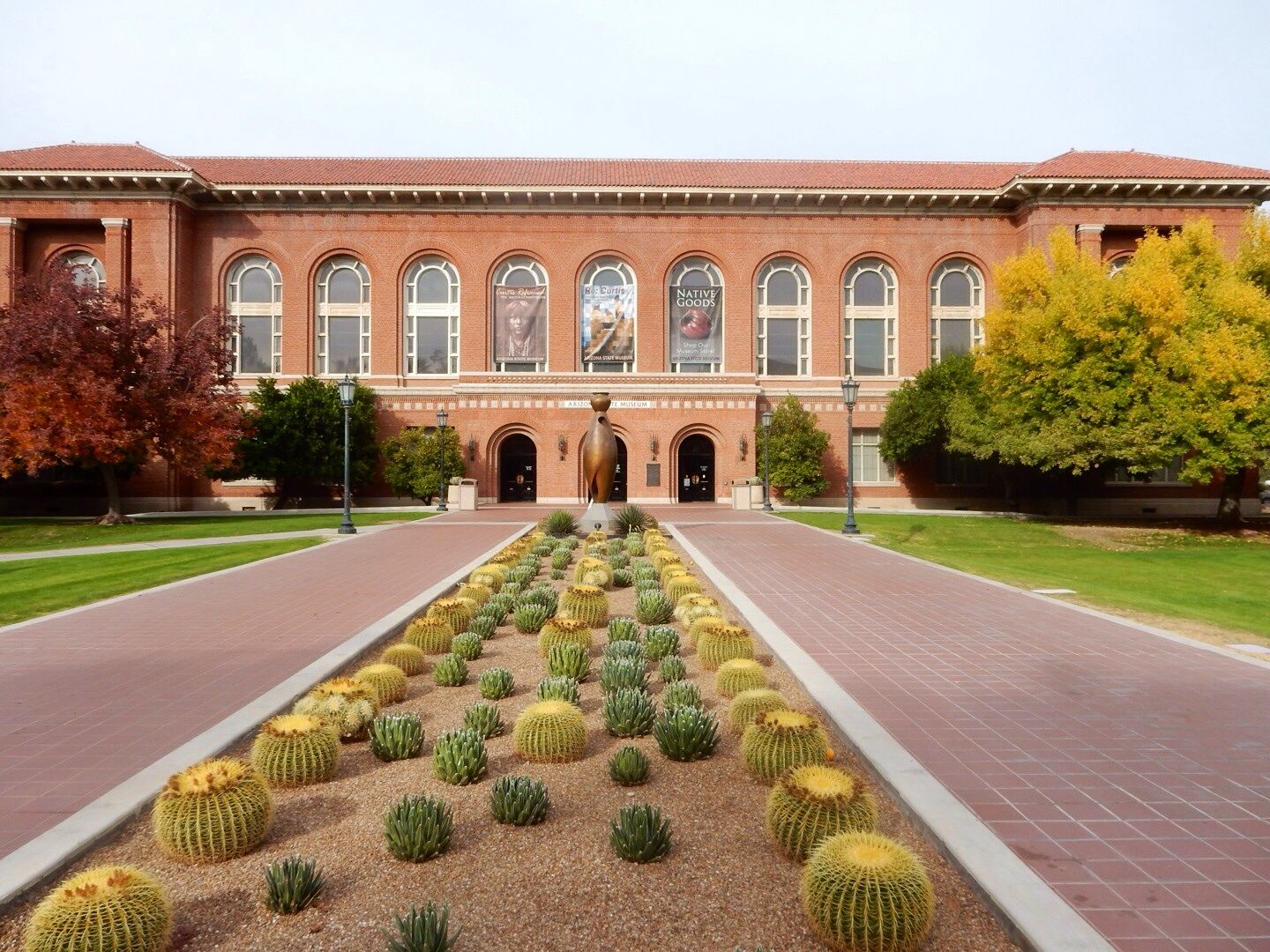
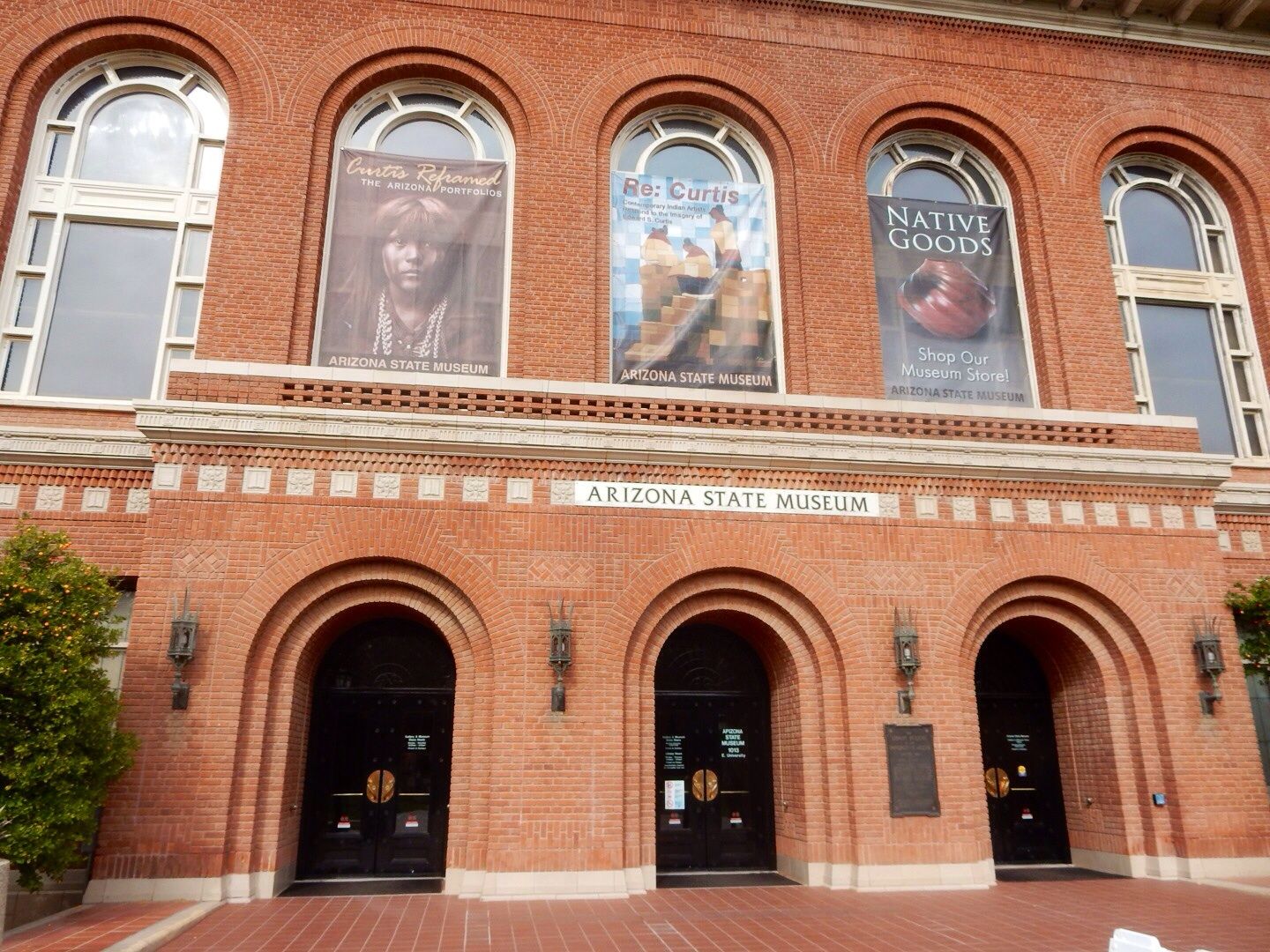
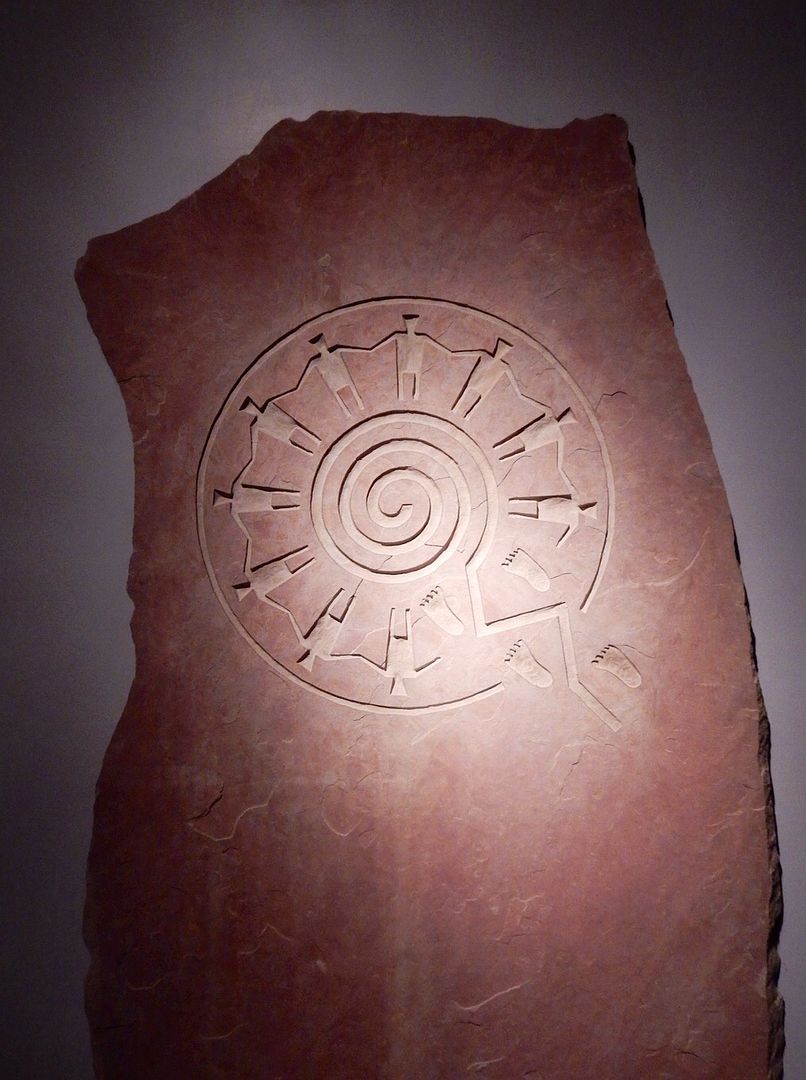
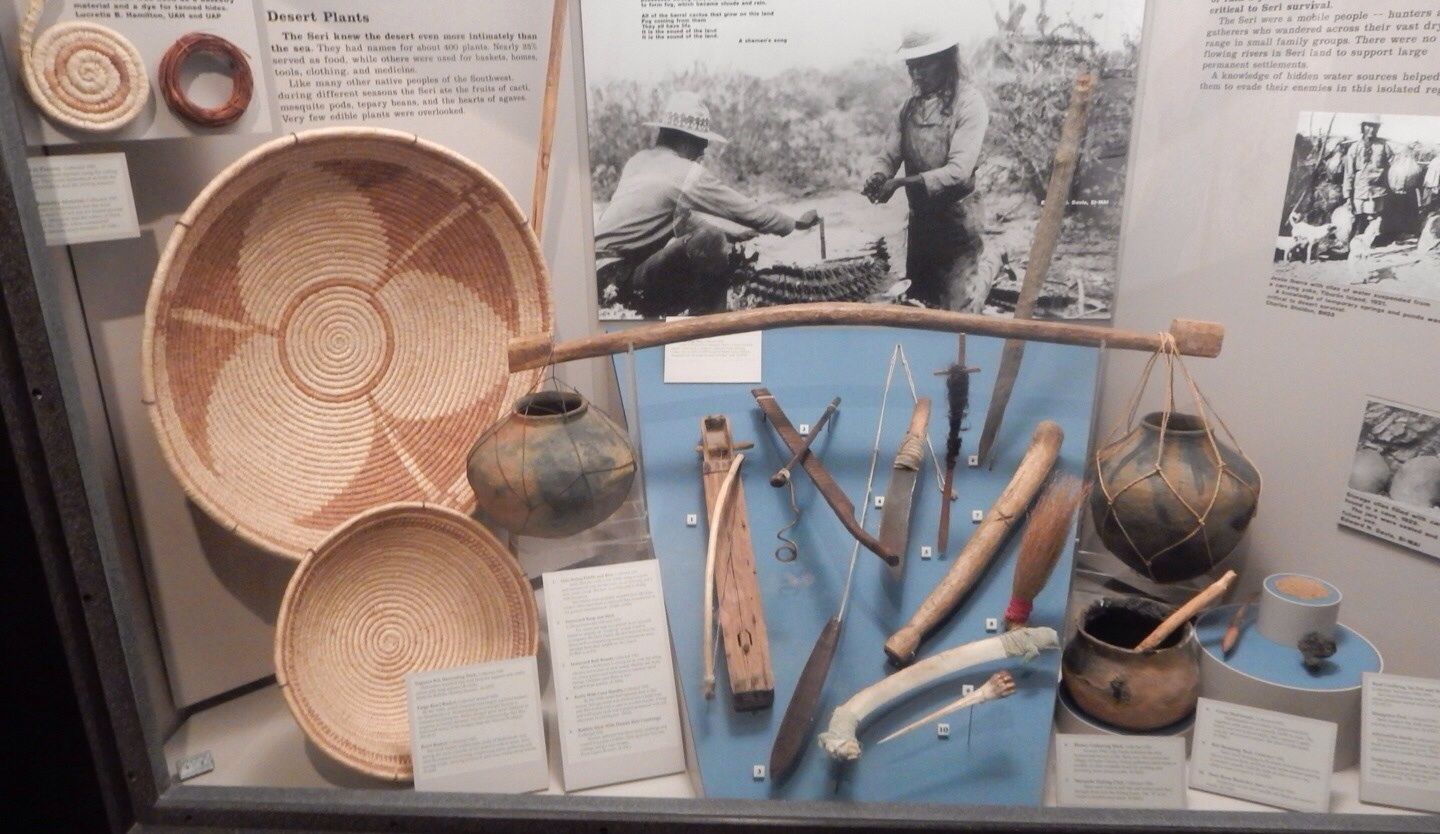
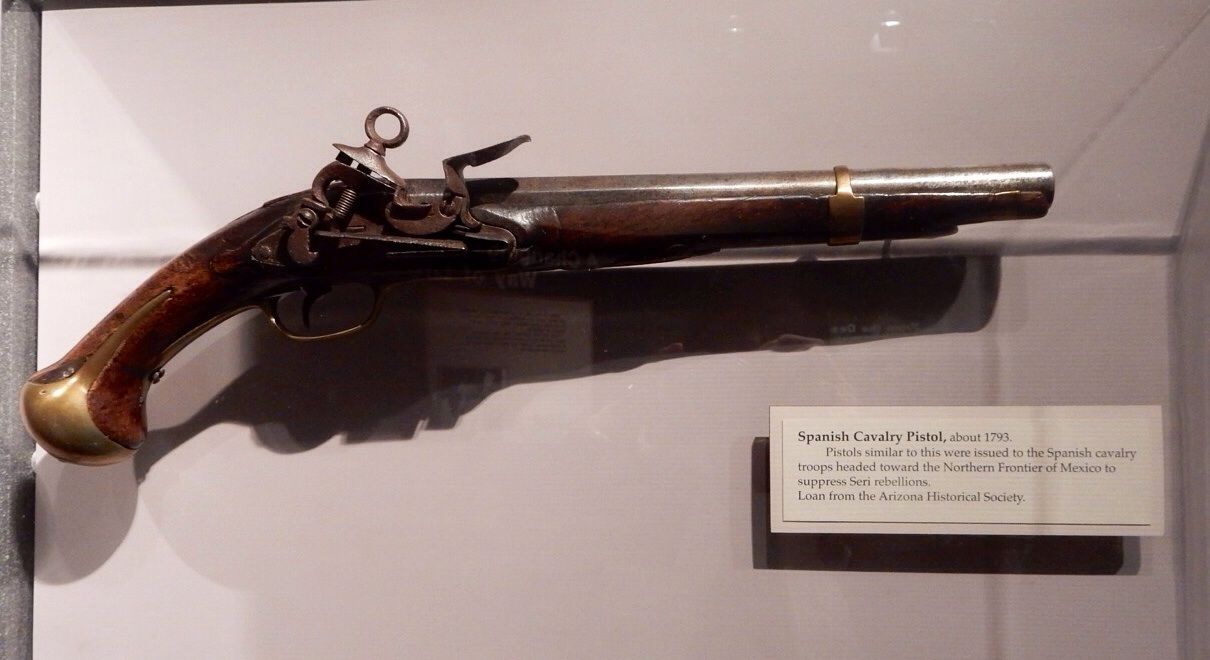
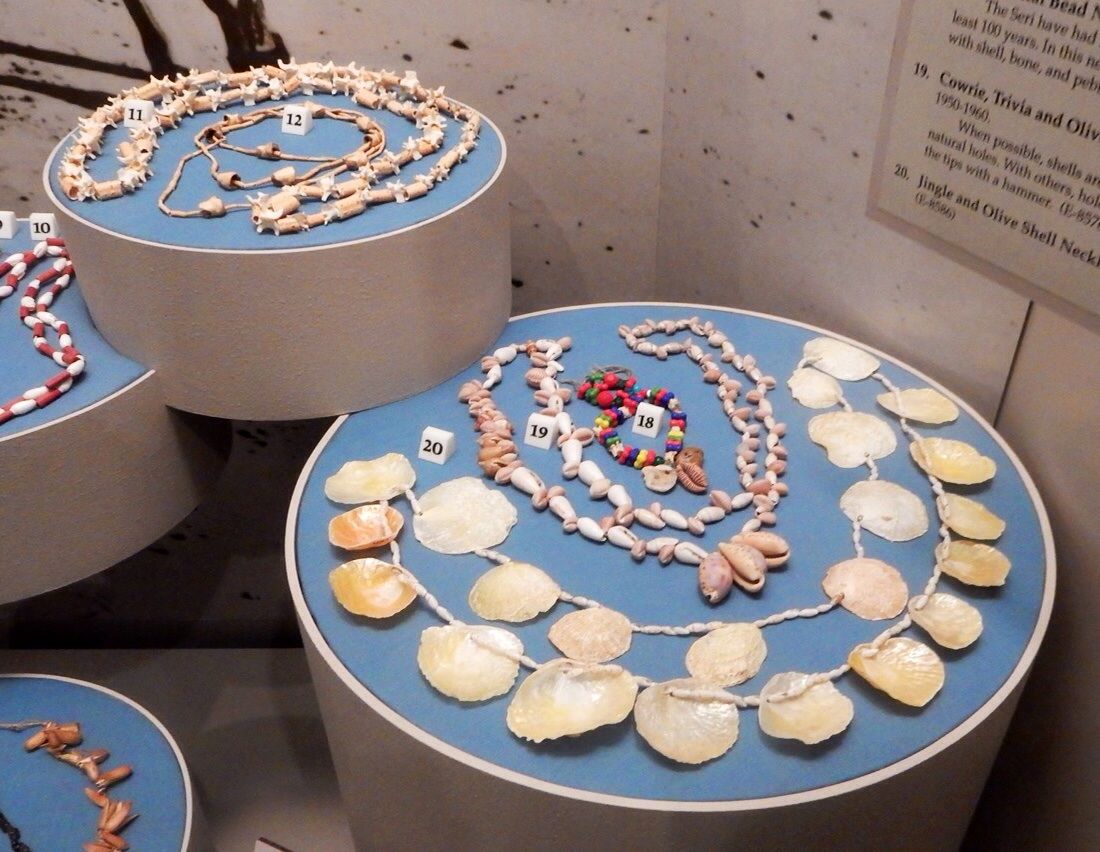
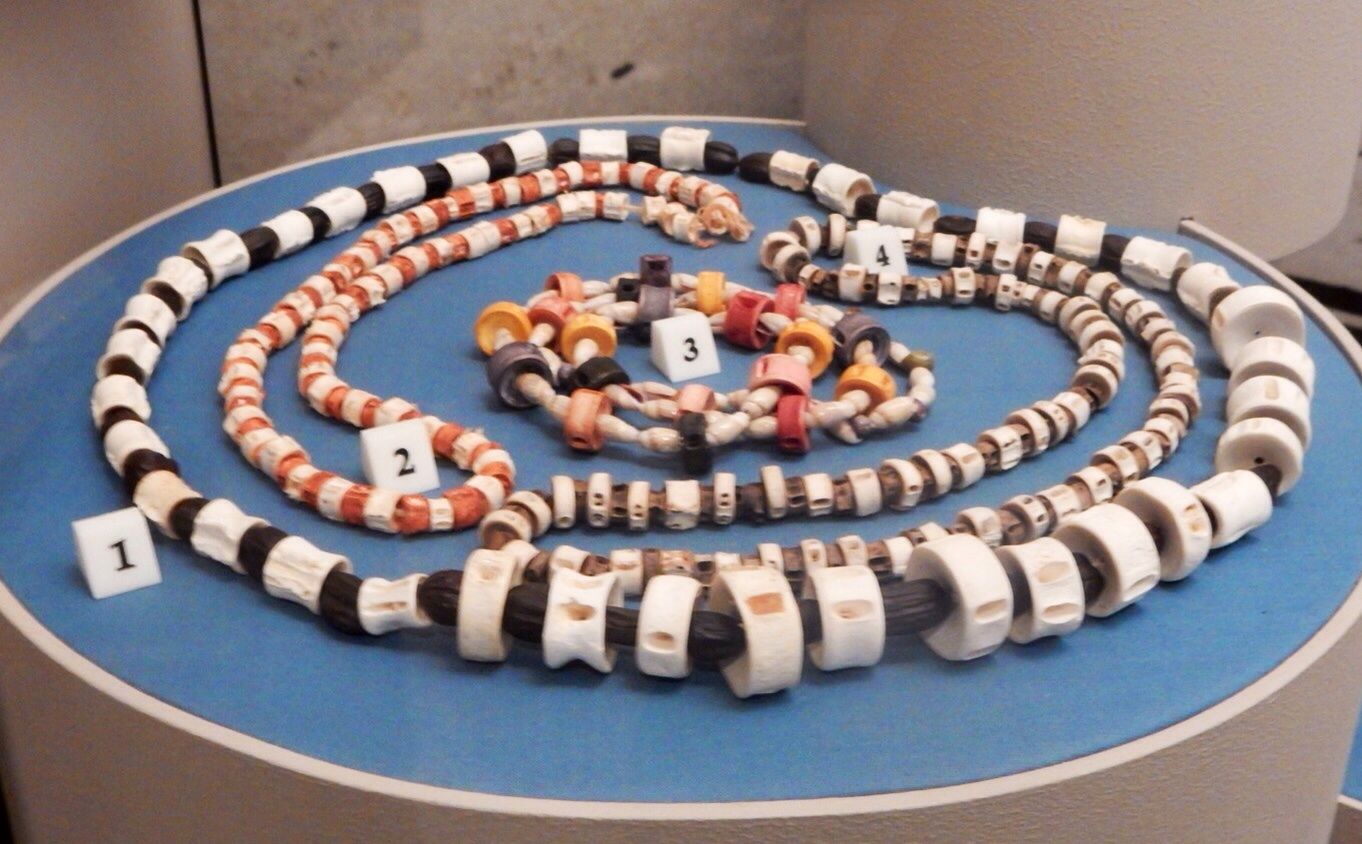
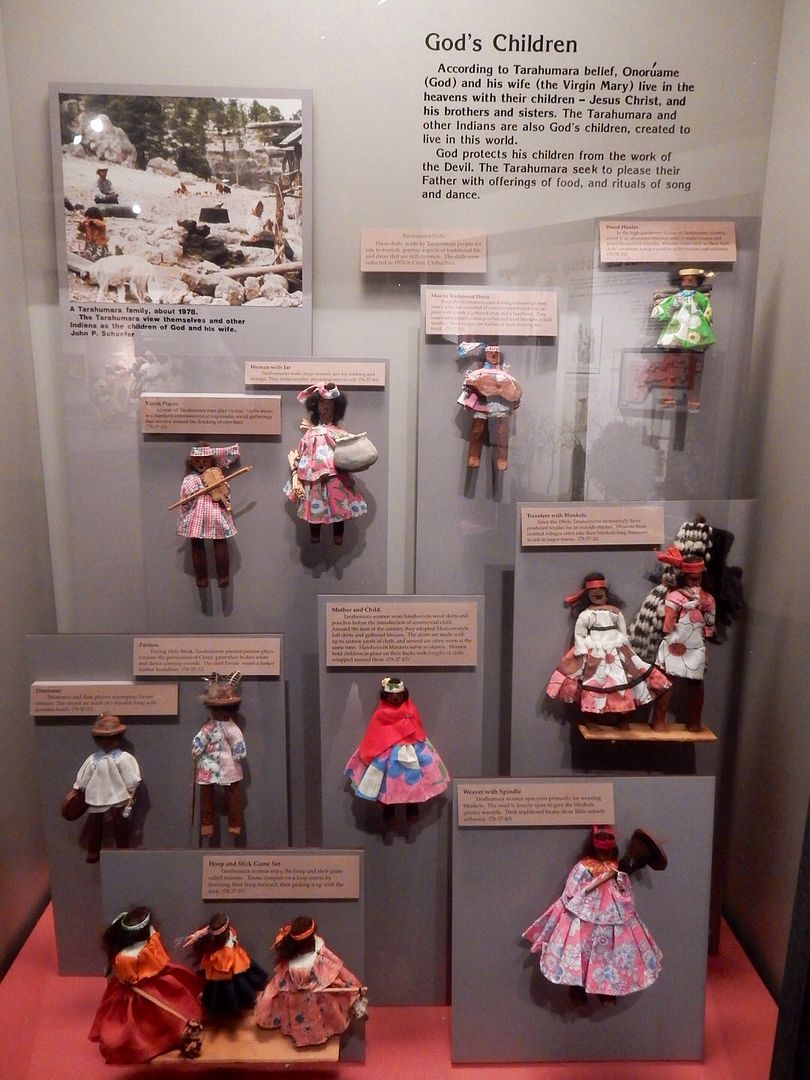
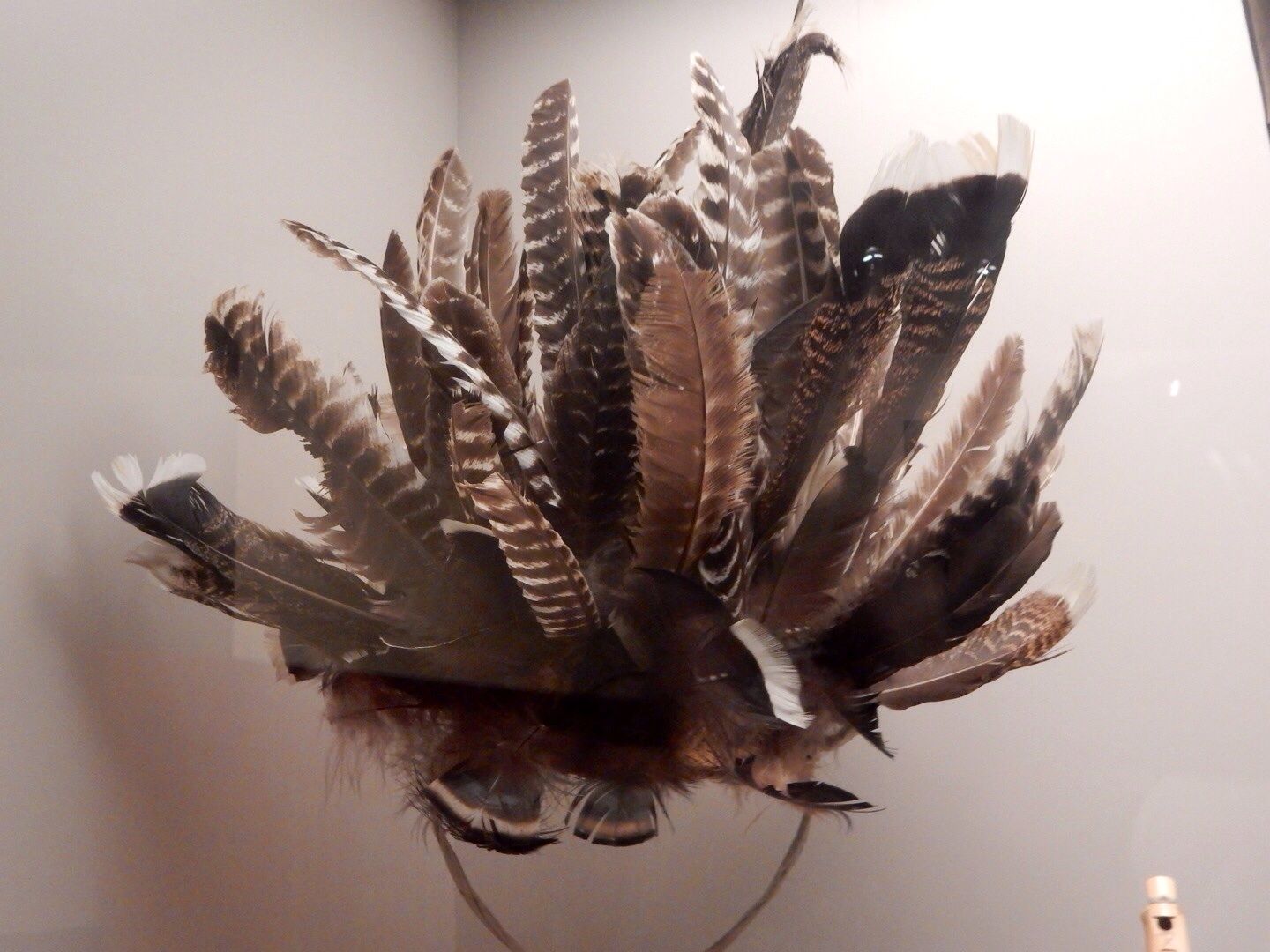

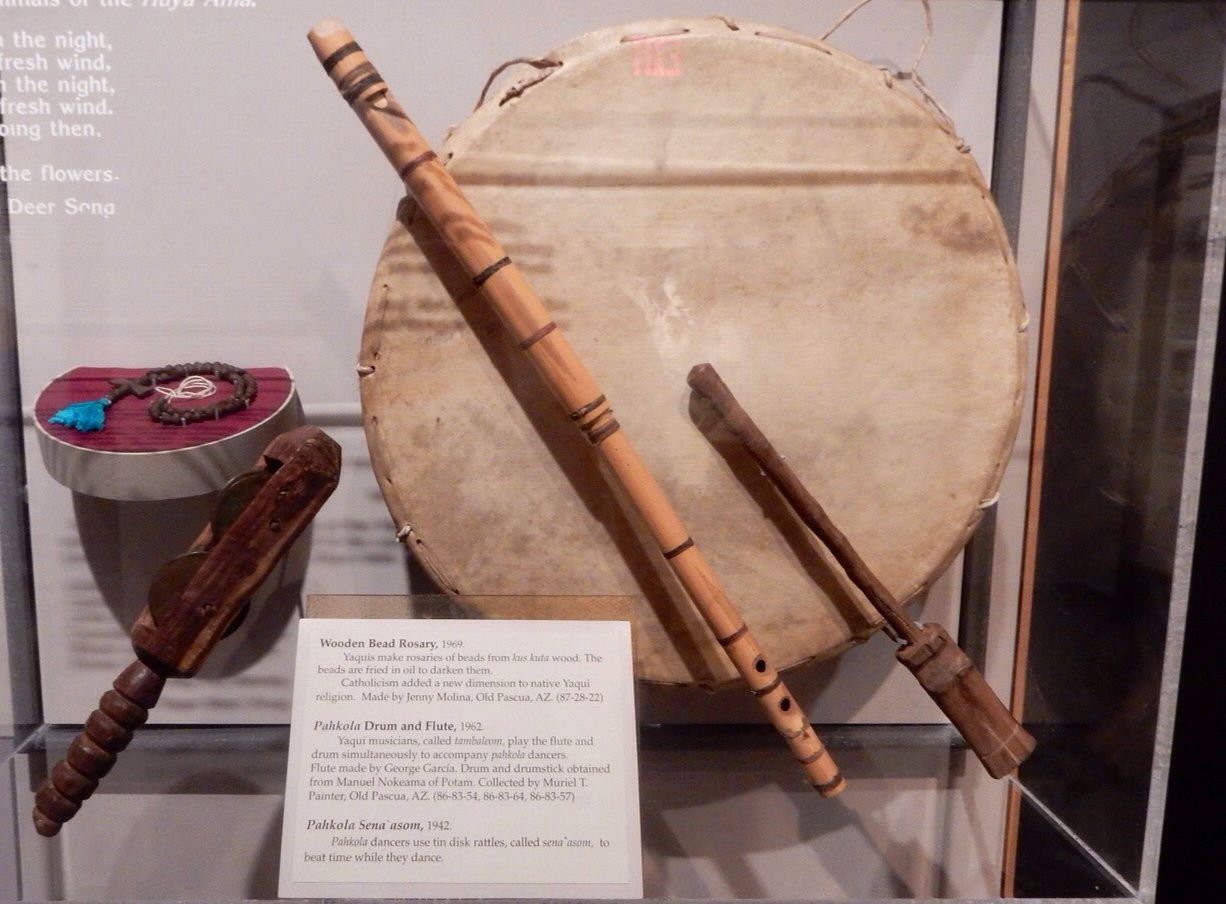
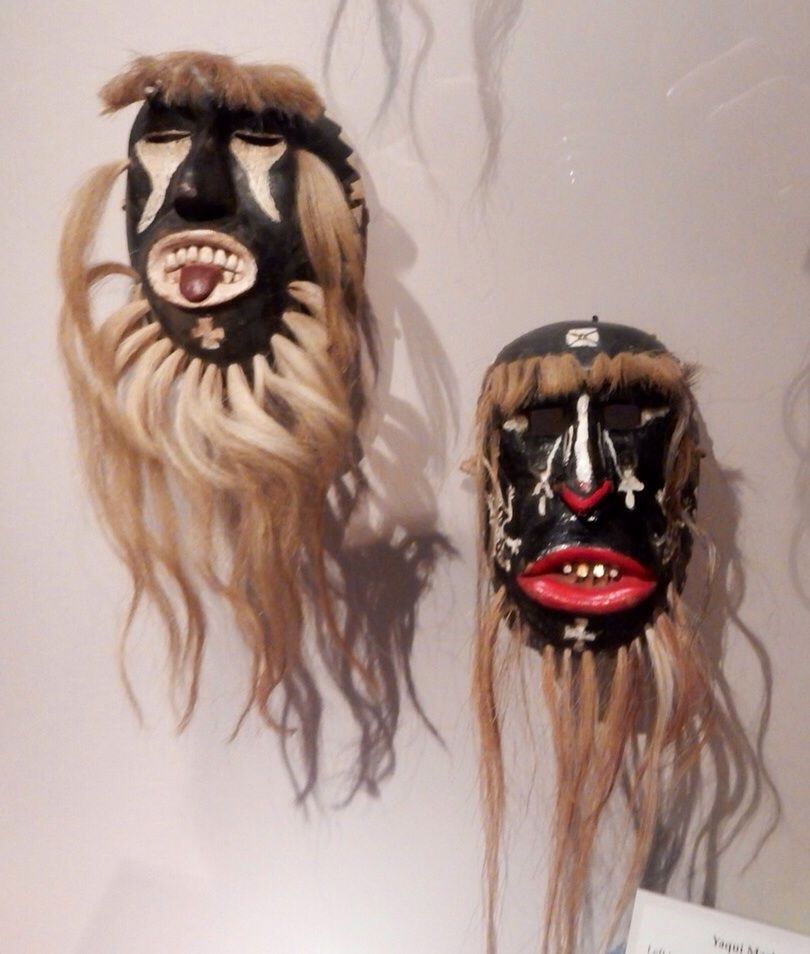
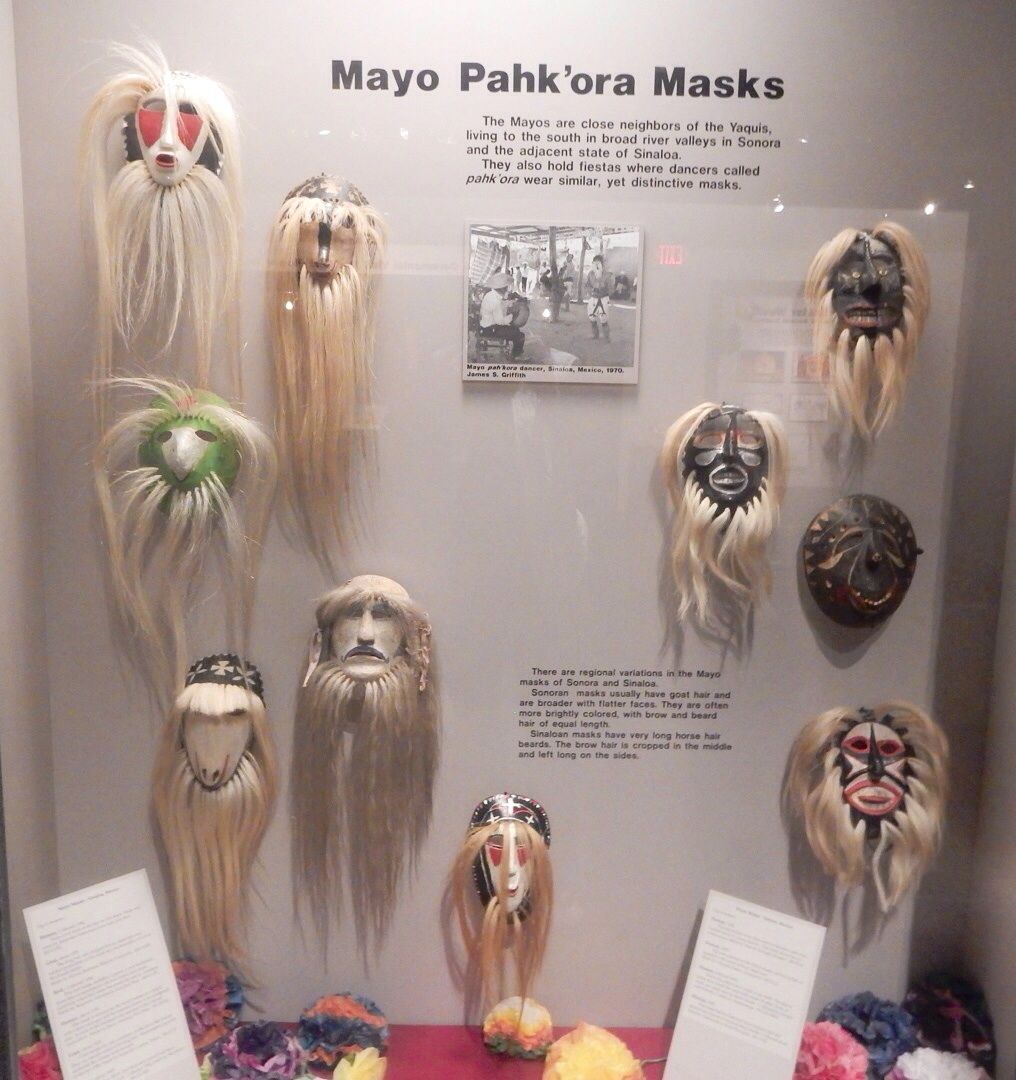
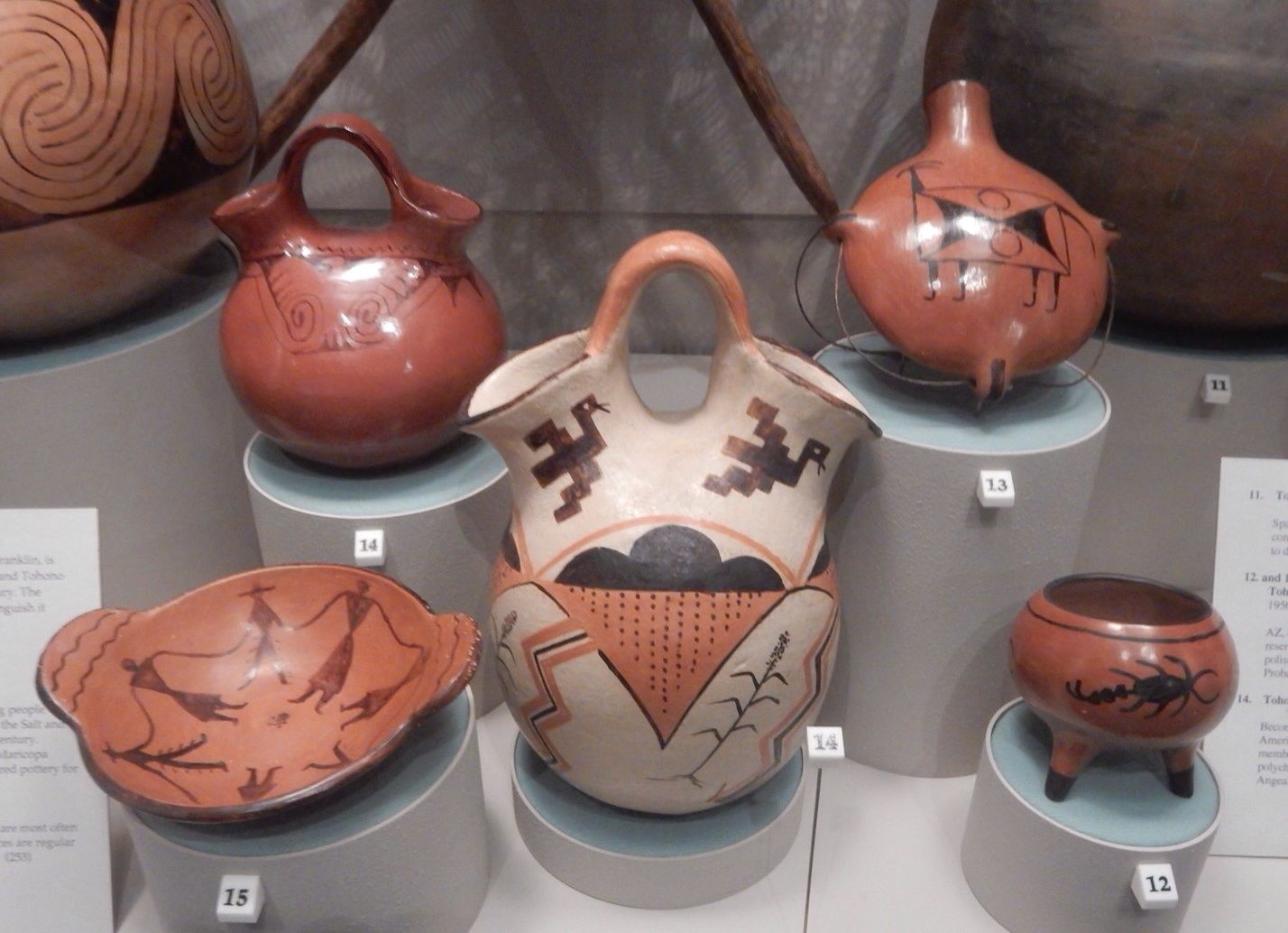
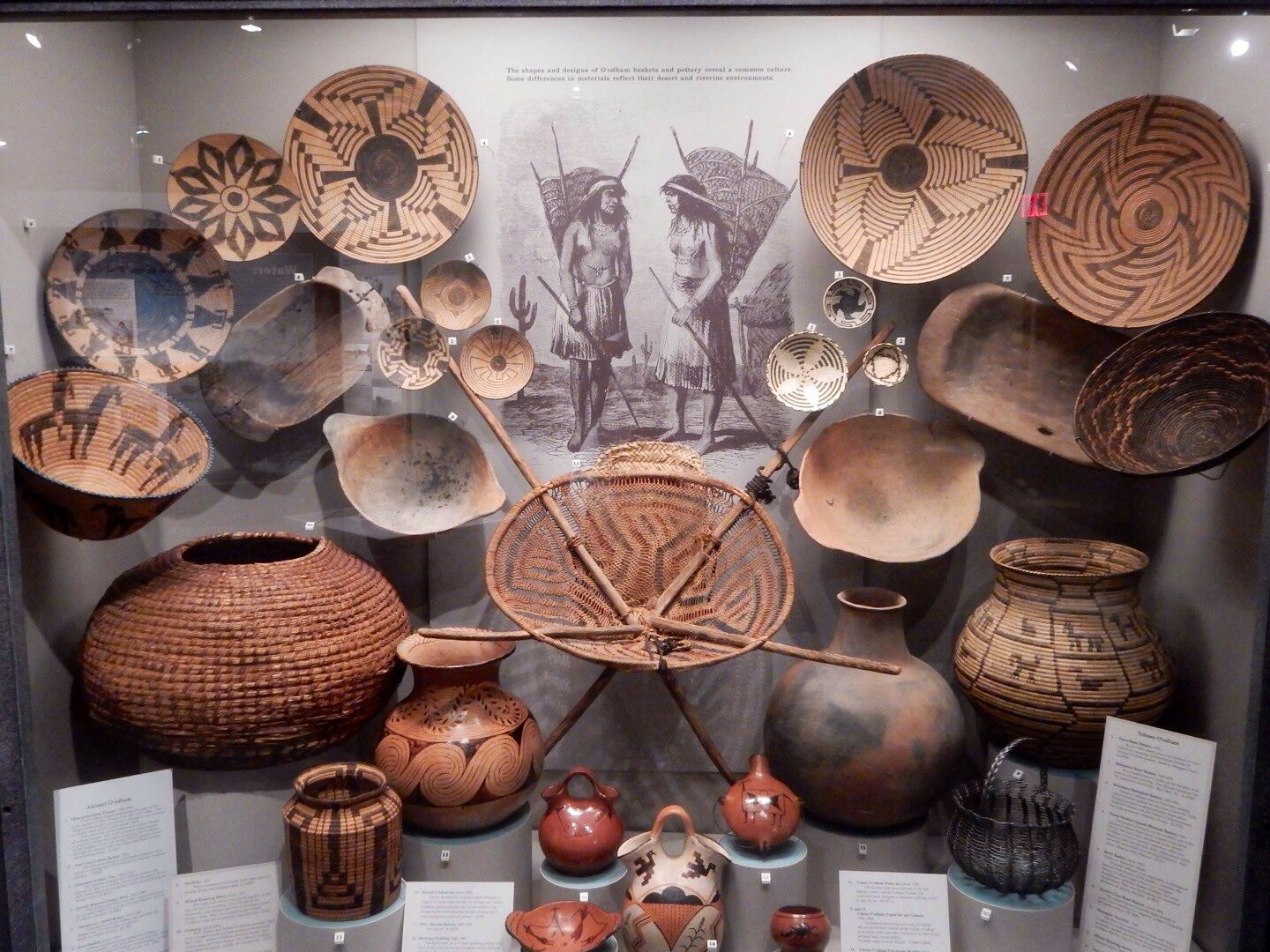
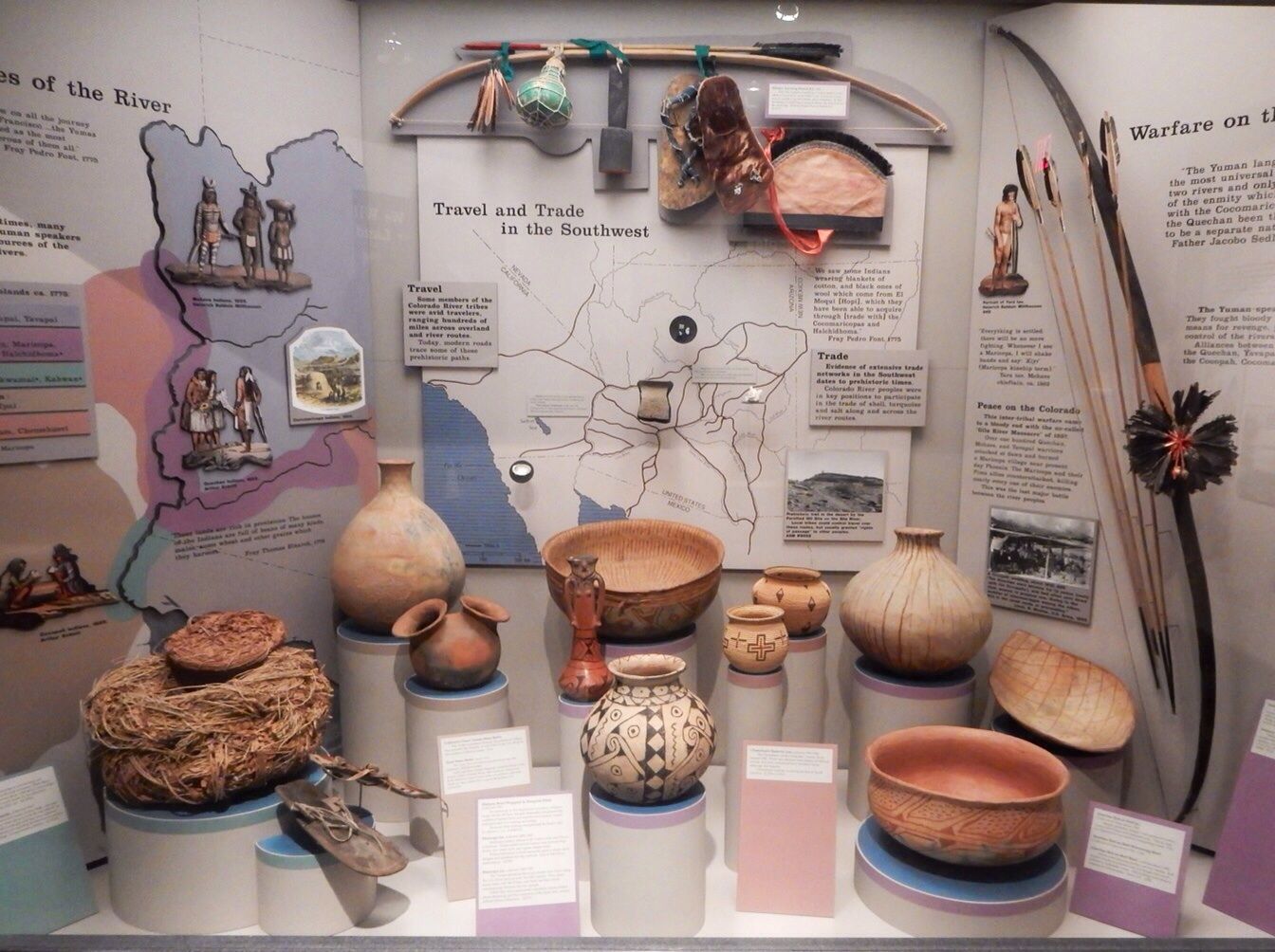
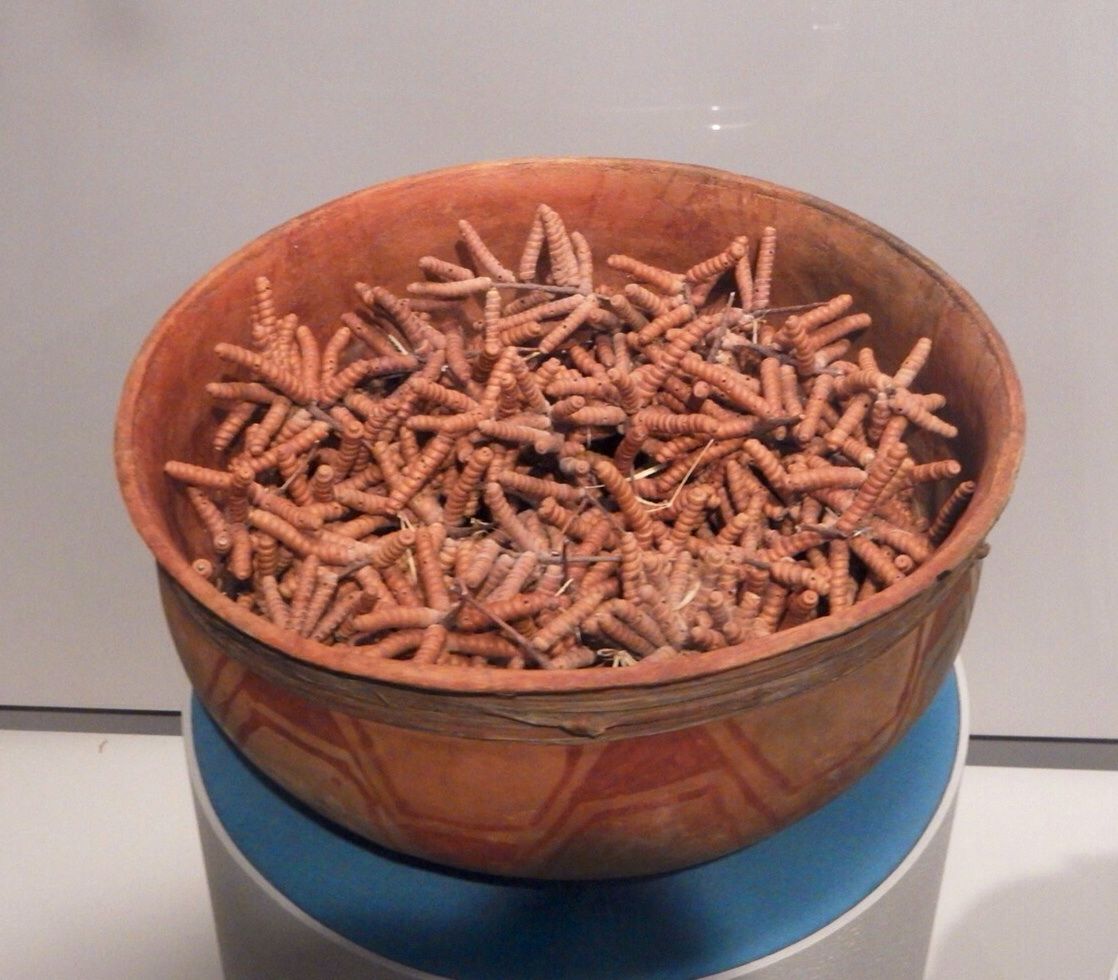


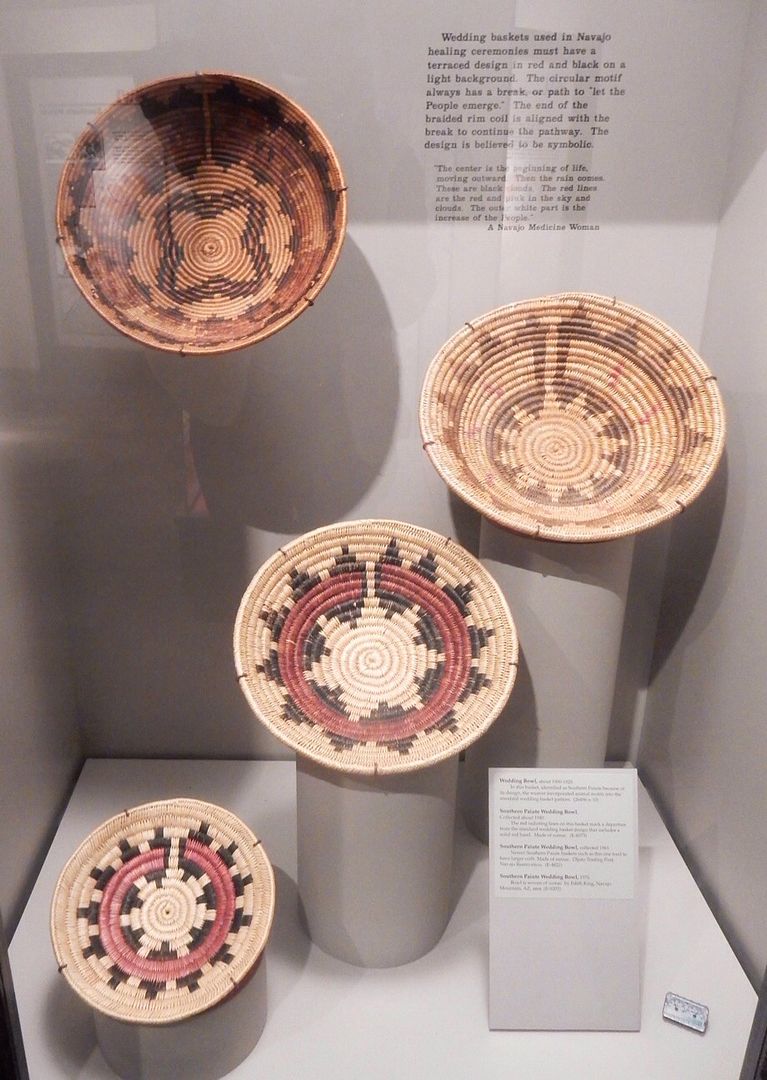
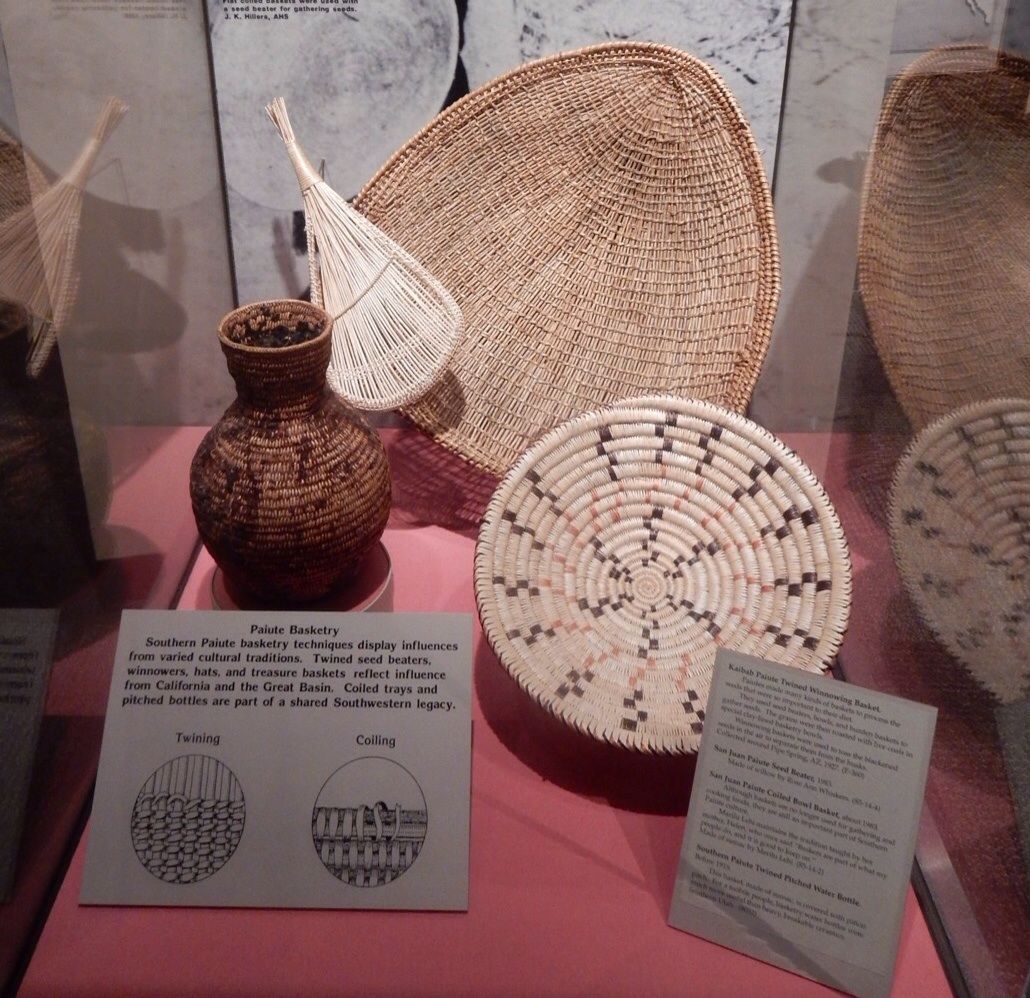
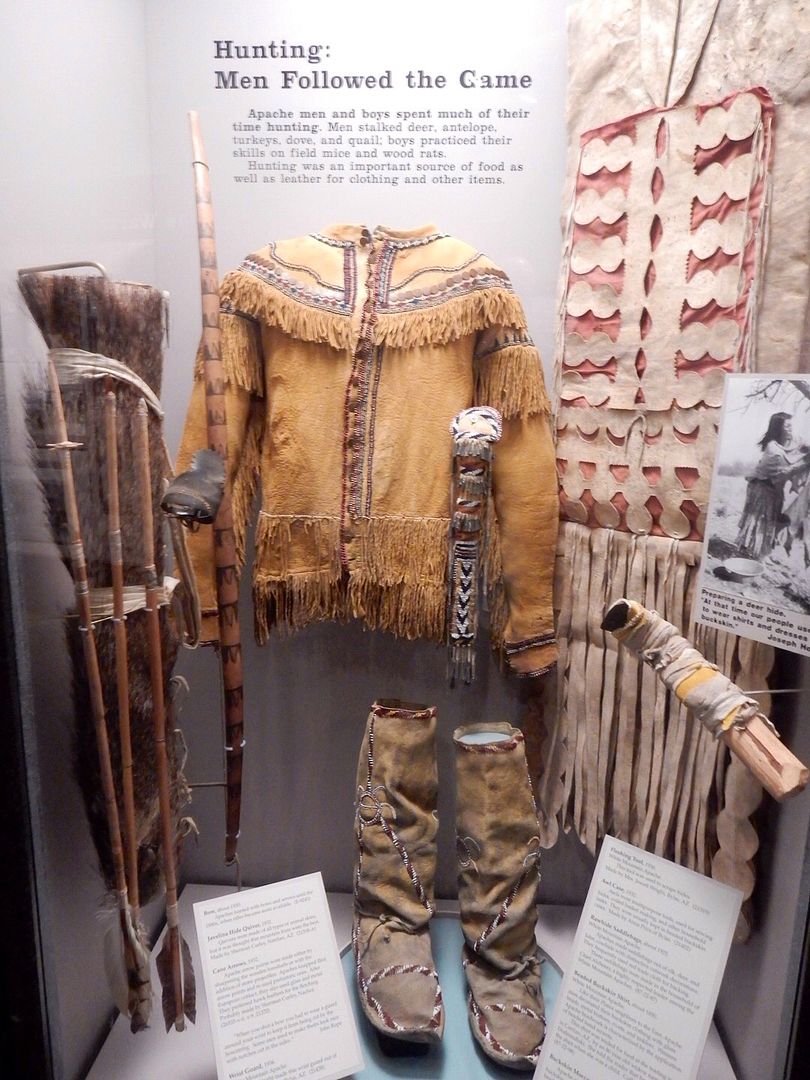





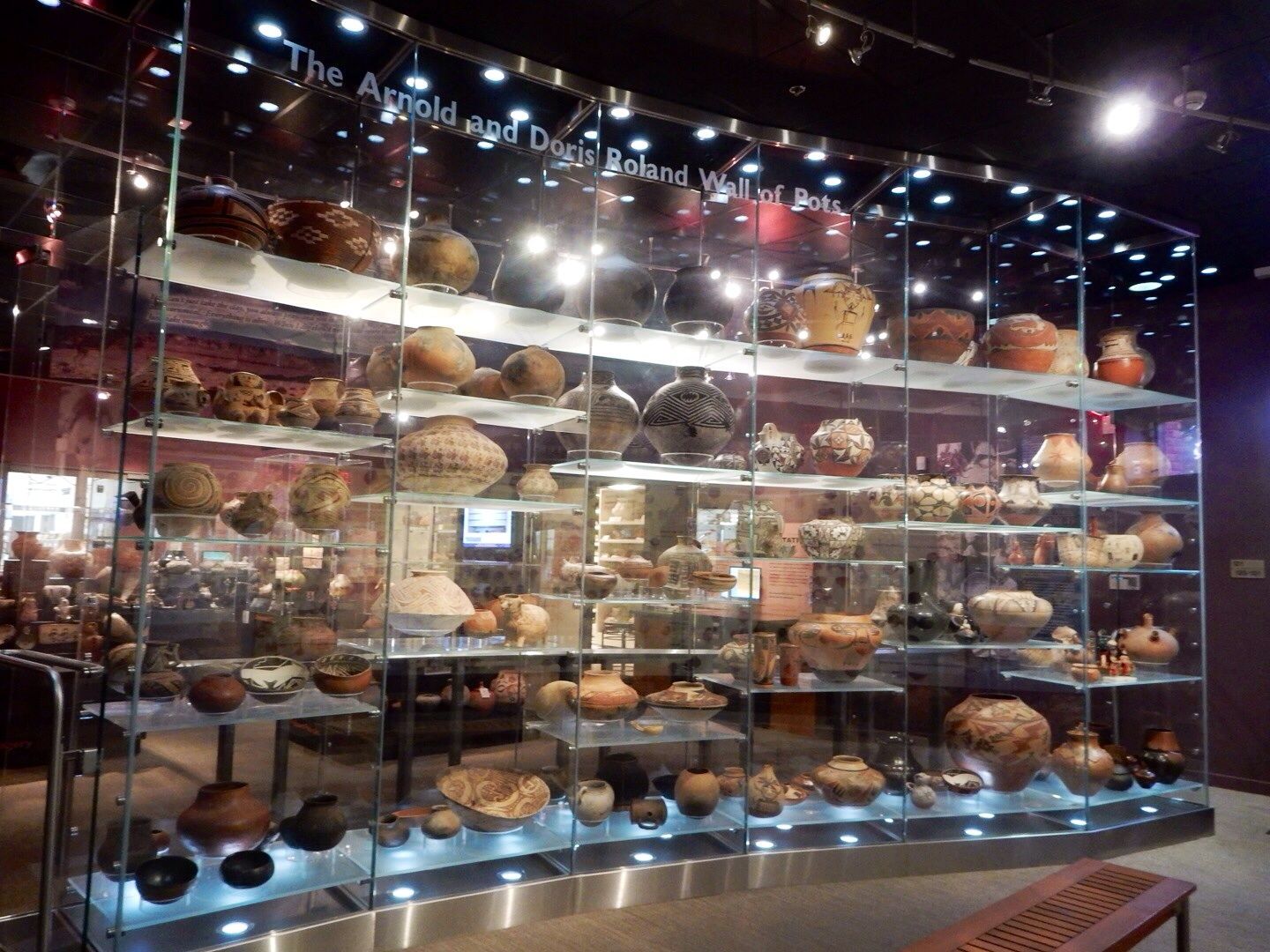

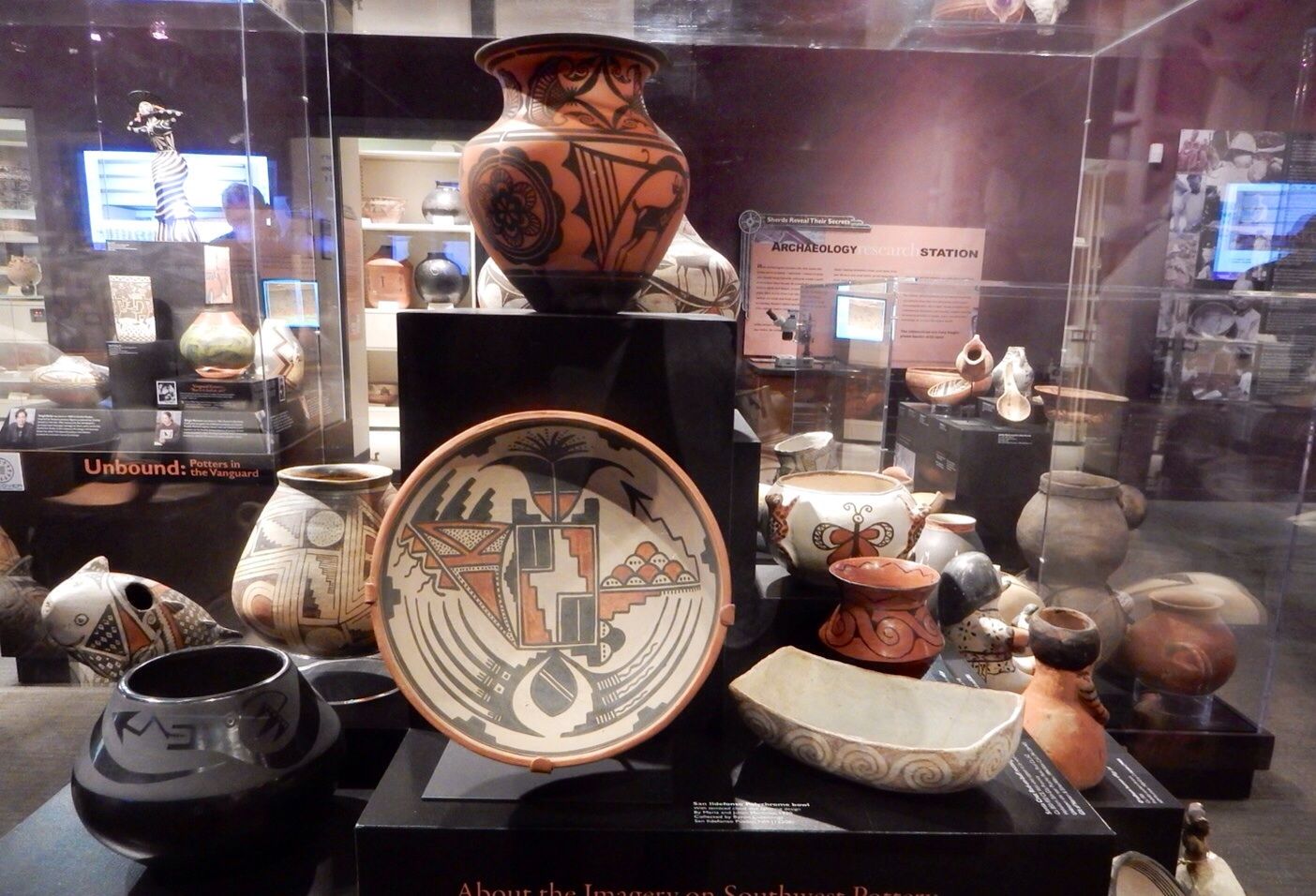
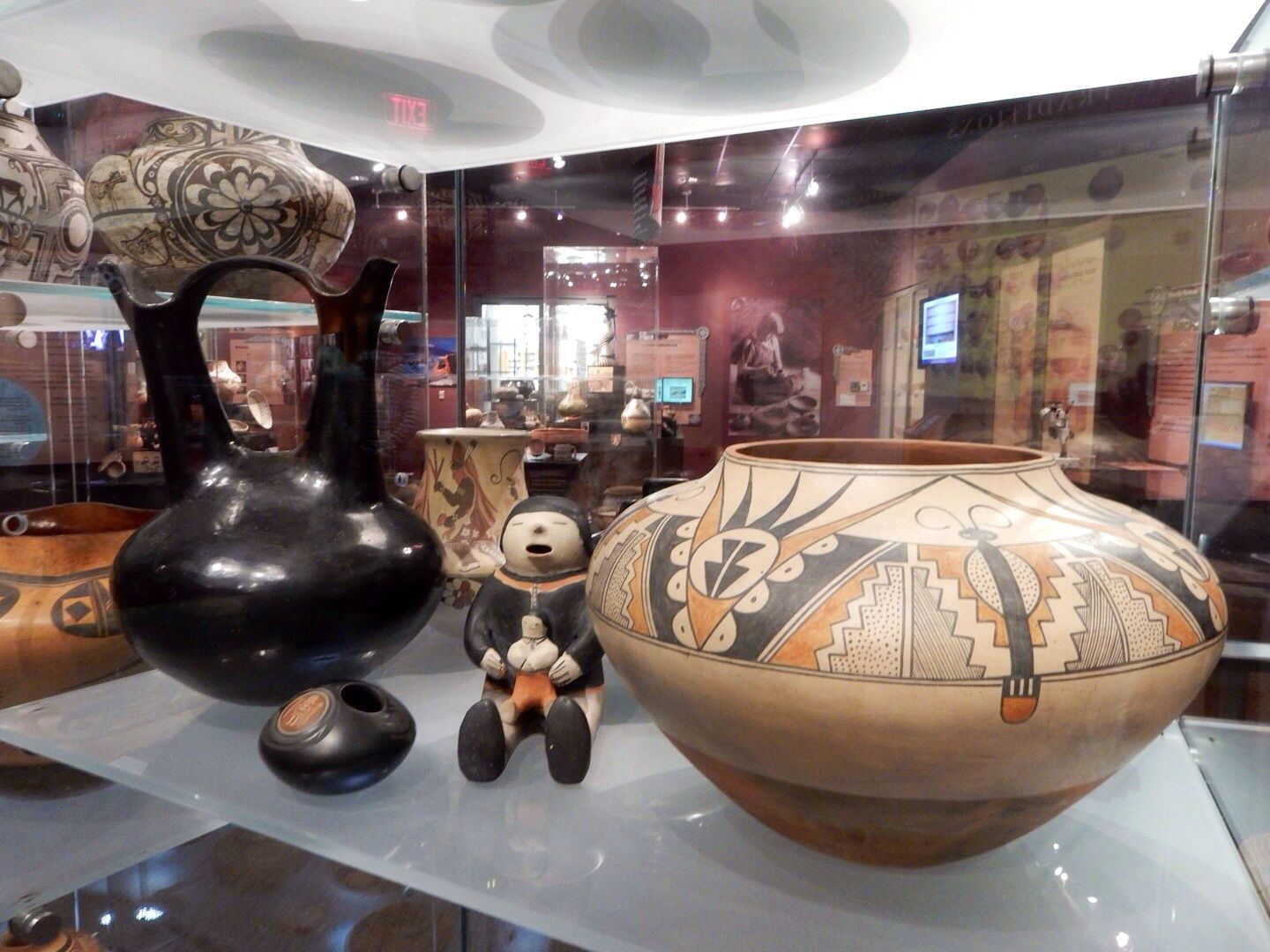

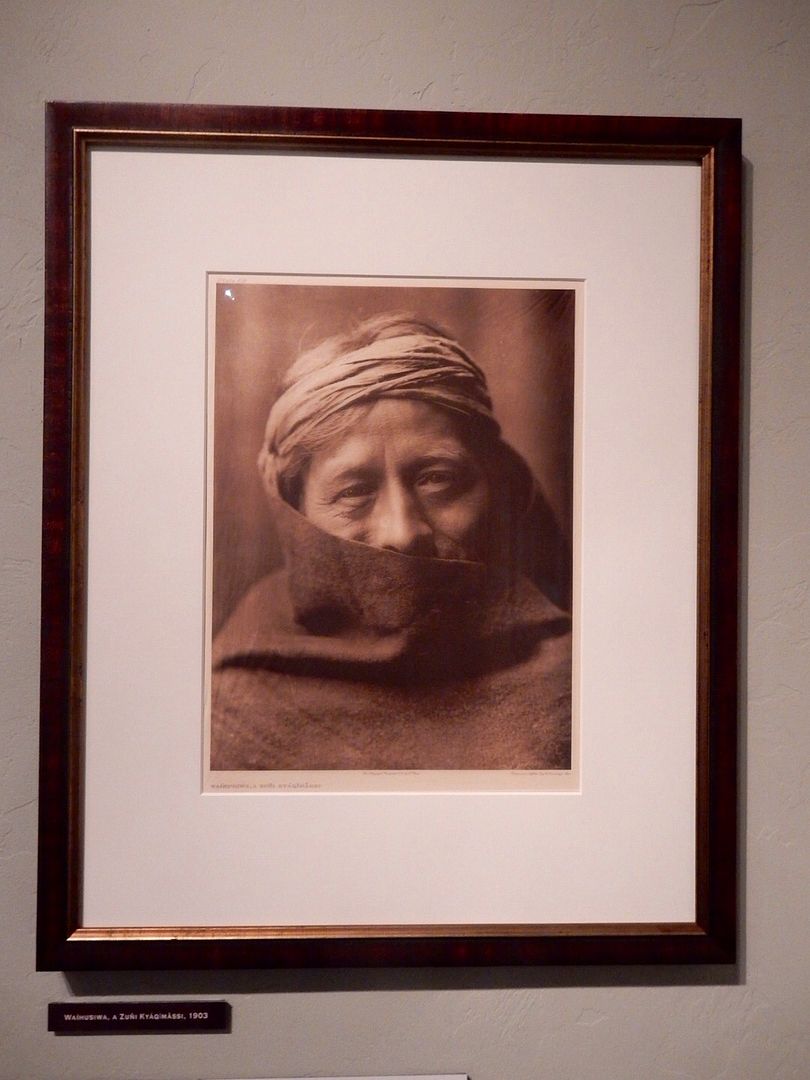
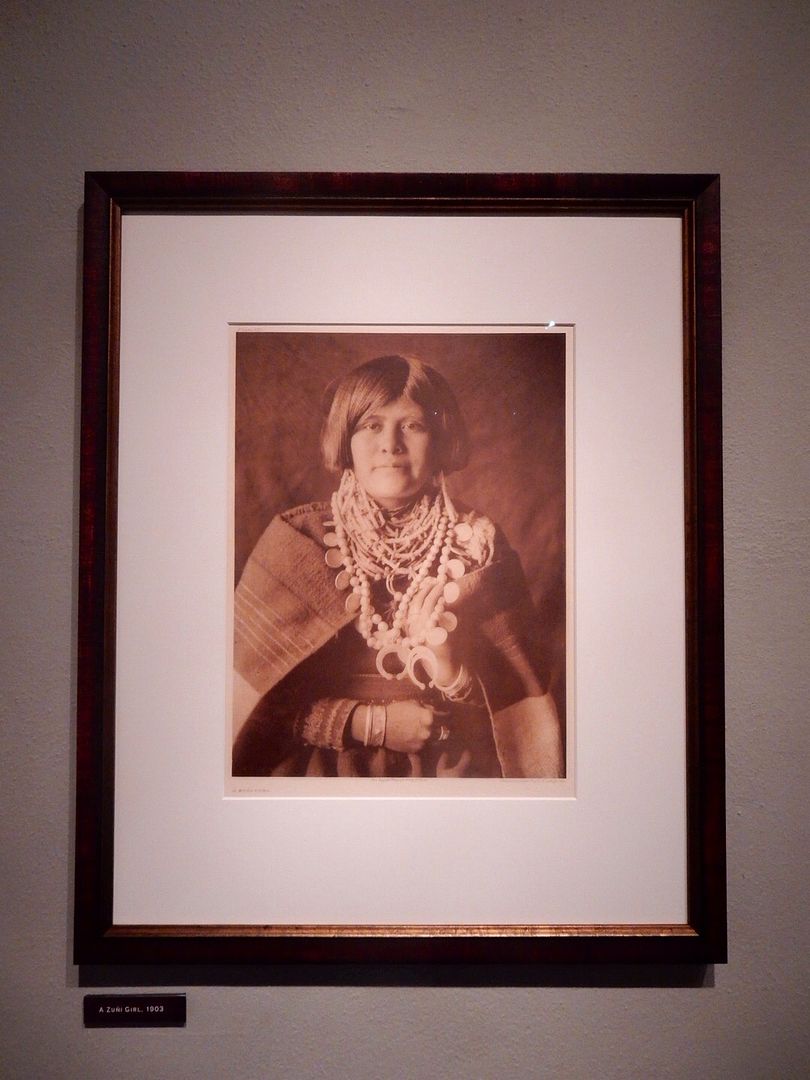

No comments:
Post a Comment